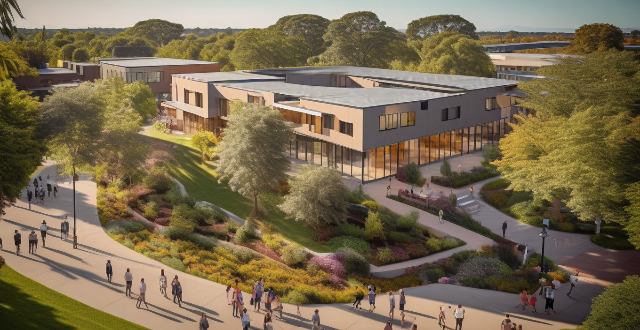Effective integration of immigrants into a new community involves learning the local language, engaging with the community, embracing cultural differences, building a support network, seeking out resources, and being patient and persistent. These strategies can help immigrants communicate effectively, find employment opportunities, understand the culture, make friends, and navigate the legal processes involved in immigration.

Effective Integration of Immigrants into a New Community
Immigration is a significant life change that involves moving to a new country with its unique culture, language, and customs. Integrating into a new community can be challenging, but it's also an opportunity for personal growth and enrichment. Here are some strategies that immigrants can use to effectively integrate into their new communities:
1. Learn the Language
Importance of Language Proficiency
- Communication: Learning the local language is essential for effective communication with members of the new community.
- Employment Opportunities: Proficiency in the local language can open up more job opportunities.
- Cultural Understanding: Language is deeply intertwined with culture, and learning the language can provide insights into the cultural nuances of the new community.
2. Engage with the Community
Participation in Community Events
- Festivals and Celebrations: Attend local festivals and celebrations to experience the community's traditions and customs firsthand.
- Sports and Recreation: Join local sports teams or clubs to meet people who share similar interests.
- Volunteer Opportunities: Volunteering can help immigrants give back to the community while also building connections and gaining local knowledge.
3. Embrace Cultural Differences
Adapting to New Culture
- Open-mindedness: Approach the new culture with an open mind and a willingness to learn.
- Respect Diversity: Recognize and respect the diversity within the community, including different ethnic groups, religions, and lifestyles.
- Cultural Exchange: Participate in cultural exchange programs or events to share your own culture with others while learning about theirs.
4. Build a Support Network
Finding Allies and Friends
- Ethnic Communities: Connect with fellow immigrants from your home country or region to find support and understanding.
- Neighborhood Groups: Get involved in neighborhood groups or associations to meet local residents and build relationships.
- Professional Networks: Join professional organizations or networks related to your field of work to expand your professional contacts and opportunities.
5. Seek Out Resources
Utilizing Available Resources
- Language Classes: Enroll in language classes offered by local schools, colleges, or community centers.
- Job Training Programs: Look for job training programs designed for immigrants to improve employability.
- Legal Aid: If needed, seek out legal aid services to navigate immigration laws and processes.
6. Be Patient and Persistent
Patience in the Integration Process
- Adjustment Period: Recognize that integration takes time and be patient with yourself during this adjustment period.
- Celebrate Small Victories: Celebrate small achievements along the way, such as mastering a new phrase in the local language or making a new friend.
- Stay Motivated: Stay motivated by setting goals and focusing on the long-term benefits of successful integration.
In conclusion, integrating into a new community requires effort and dedication, but it's also a rewarding journey that allows immigrants to grow personally and professionally. By learning the language, engaging with the community, embracing cultural differences, building a support network, seeking out resources, and being patient, immigrants can effectively become part of their new communities.